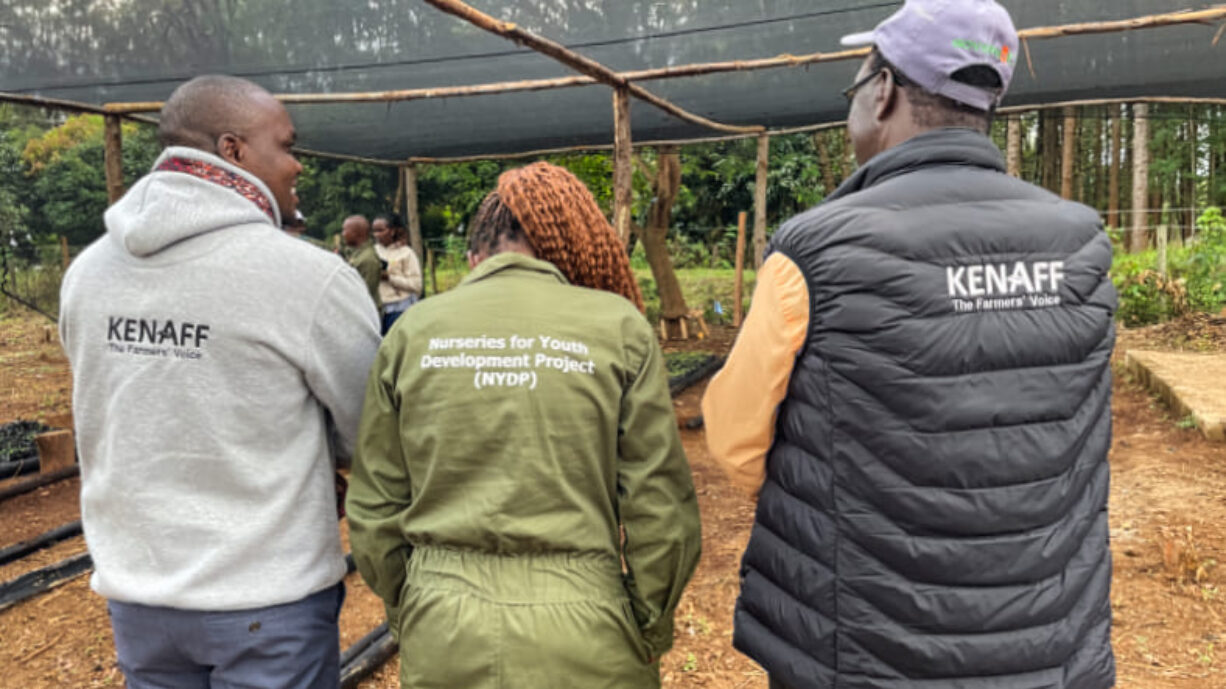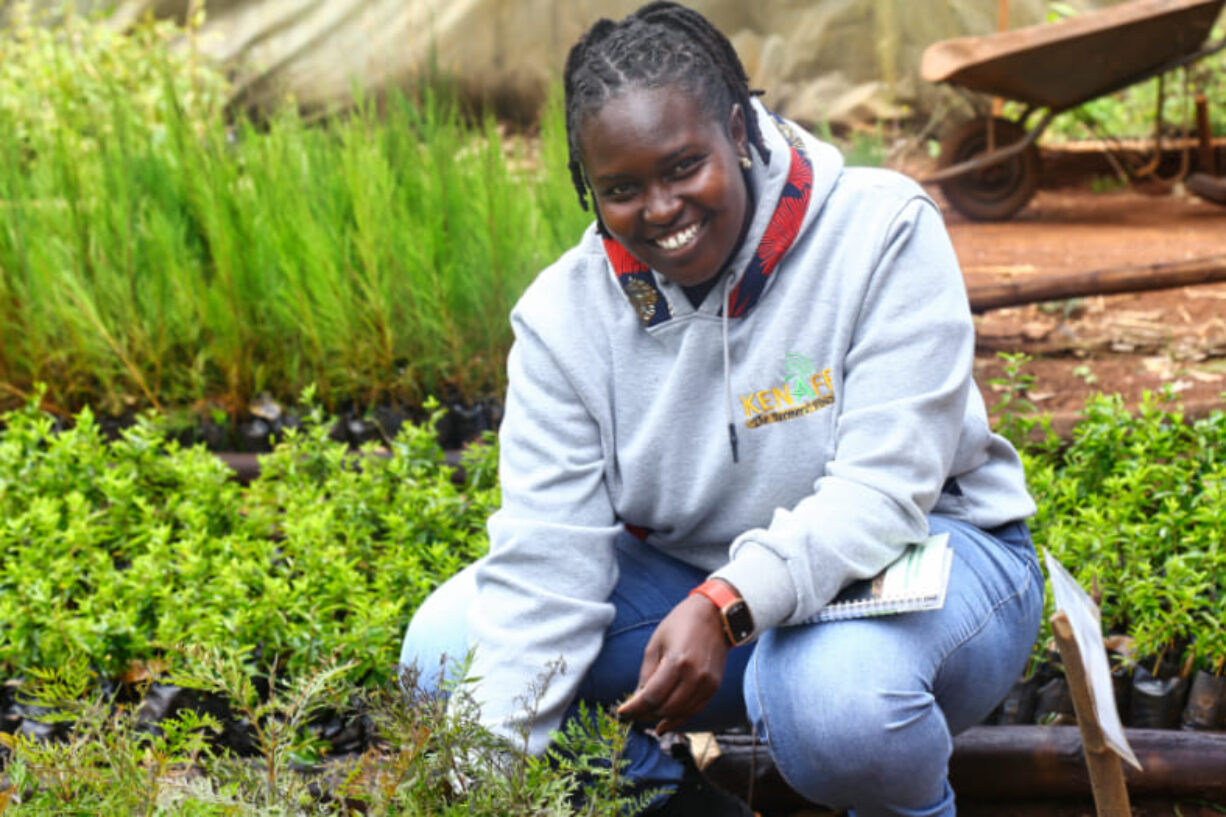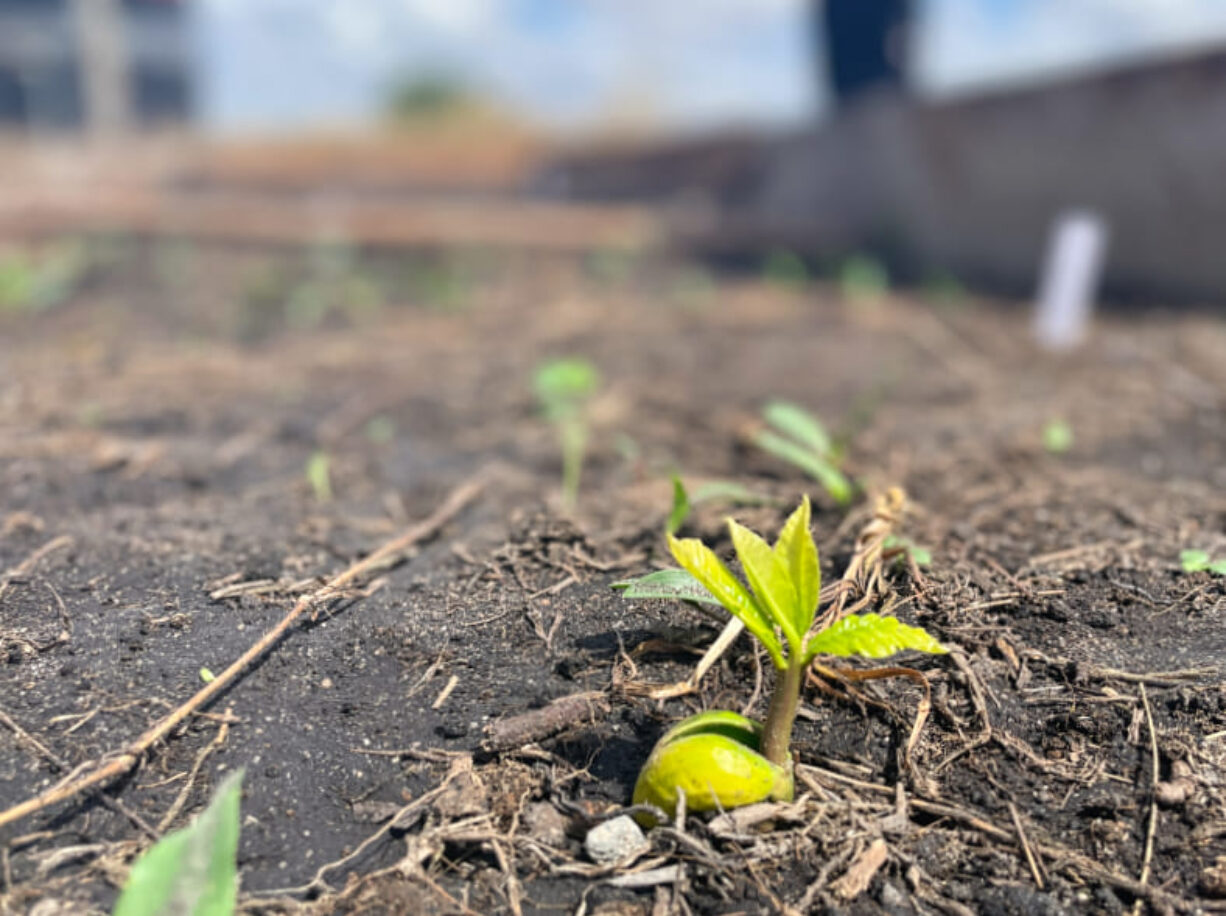Successful project establishment in several counties
The project has been able to establish a broad local base in its first year. Tree nurseries have been established in six counties in the country. The involvement of the local population was central from the outset: a high degree of transparency and local participation was achieved through public participation processes, visits to county governors and by involving farmers’ groups, youth and women’s networks. Broad community support is also reflected in the active cooperation and use of offers relating to tree nurseries.
Focusing on capacity building for young people
One particular focus of the project is on empowering marginalised groups – especially women and young people. The six nurseries are managed by a young, mainly female, team. These individuals have already taken part in a comprehensive range of further training courses. In various workshops and training sessions – conducted by AHA, the Kenyan National Farmers’ Federation (KENAFF), the Kenyan Forest Research Institute (KeFRI) and the Center for International Forestry Research (CIFOR-ICRAF) , to name a few – participants have not only been trained in technical aspects such as site selection or operating tree nurseries, but were also introduced to topics such as leading a team, developing a business model and biodiversity. Exchange with established tree nurseries and development of KENAFF’s own training manual are helping to ensure that knowledge is retained over the long term and that new employees can be effectively integrated.



